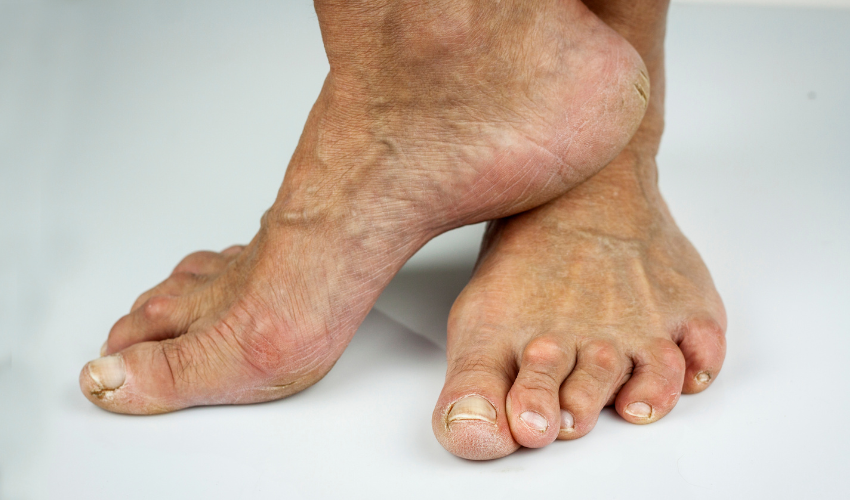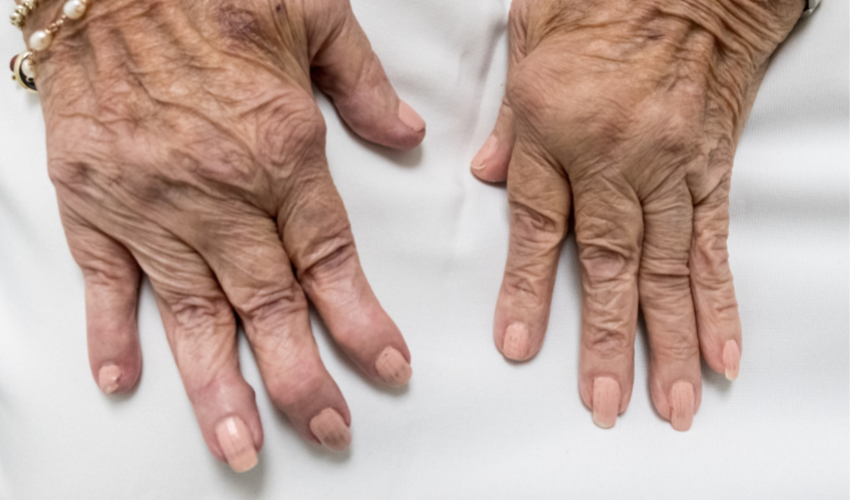Arthritis is a chronic condition that affects the joints, causing pain, stiffness, and inflammation. It can occur at any age, but it is more common in older adults. Arthritis is a leading cause of disability worldwide, and it can significantly impact a person’s quality of life. In this article, we will discuss the most common symptoms of arthritis and how to manage them effectively.
Symptoms of Arthritis:
- Joint pain: Pain in the joints is the most common symptom of arthritis. It can be constant or intermittent and can range from mild to severe.
- Stiffness: Arthritis can cause stiffness in the joints, especially in the morning or after a period of inactivity. This can make it difficult to move the affected joint.
- Swelling: Arthritis can cause swelling in the joints, making them appear larger than usual. This can be accompanied by warmth and redness in the affected area.
- Reduced range of motion: Arthritis can limit the range of motion in the affected joint, making it difficult to perform daily activities.
- Fatigue: Arthritis can cause fatigue, especially during periods of active inflammation. This can make it difficult to stay active and engaged in daily life.

Causes of Arthritis:
There are many different types of arthritis, each with its own set of causes. Some of the most common causes of arthritis include:
- Age: As we age, the cartilage in our joints can wear down, leading to arthritis.
- Genetics: Some types of arthritis are hereditary and can be passed down through families.
- Injuries: Joint injuries can lead to the development of arthritis later in life.
- Infections: Certain infections can trigger the development of arthritis.
Treatment Options for Arthritis:
There are several different treatment options for arthritis, including:
- Medications: There are many different medications that can be used to manage arthritis symptoms, including pain relievers, anti-inflammatory drugs, and disease-modifying antirheumatic drugs (DMARDs).
- Physical therapy: Physical therapy can help to strengthen the muscles around the affected joint, reducing pain and improving range of motion.
- Lifestyle changes: Making changes to your diet, exercise routine, and overall lifestyle can help to manage arthritis symptoms and improve your quality of life. Eat more foods which reduce inflammanation.
- Surgery: In some cases, surgery may be necessary to repair or replace a damaged joint.

FAQs:
Can arthritis affect any joint in the body?
Yes, arthritis can affect any joint in the body, including the fingers, wrists, elbows, shoulders, hips, knees, ankles, and toes.
Is arthritis more common in women or men?
Arthritis is more common in women than men.
Can arthritis be cured?
There is currently no cure for arthritis, but there are many effective treatments available to manage the symptoms of the condition.
Can diet affect arthritis symptoms?
Yes, certain foods can trigger arthritis symptoms in some people. It is important to work with a healthcare professional to develop a healthy diet that can help manage arthritis symptoms.
How can I manage my arthritis symptoms on a daily basis?
There are many things you can do to manage your arthritis symptoms, including taking medications as prescribed, staying active, eating a healthy diet, and practicing stress management techniques.
Conclusion
Arthritis is a chronic condition that can significantly impact a person’s quality of life. It is important to understand the most common symptoms of arthritis and how to manage them effectively to improve daily functioning. Joint pain, stiffness, swelling, reduced range of motion, and fatigue are the most common symptoms of arthritis. Although there is no cure for arthritis, there are many effective treatments available to manage symptoms, including medications, physical therapy, lifestyle changes, and surgery. By working closely with a healthcare professional and making the necessary changes to your daily routine, it is possible to live a full and active life with arthritis.






















